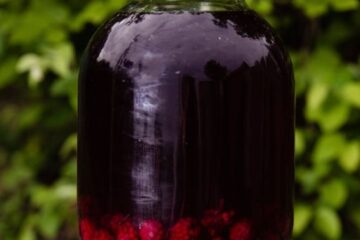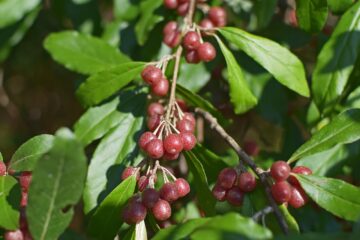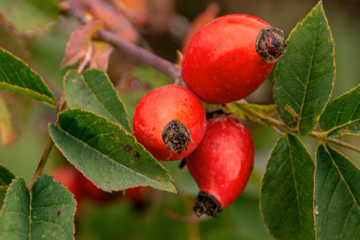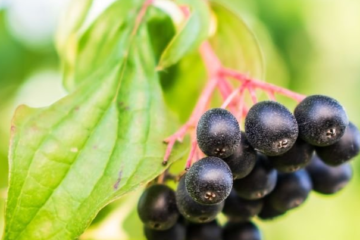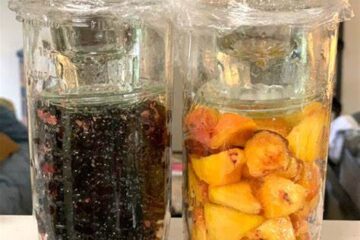Make Wild Fermented Cider with Blackberries or Raspberries: A Step-by-Step Guide
As someone who loves foraging and experimenting with wild ingredients, I’ve discovered that making wild fermented cider with blackberries or raspberries is an incredibly rewarding experience. Preserving these delicious berries from the spring and summer foraging season allows me to create a unique and flavorful beverage. In this guide, I’ll Walk you through the process of making wild fermented cider using your foraged berries, with easy-to-follow steps and tips. Why Choose Wild Fermentation? Wild fermentation is a fascinating process that harnesses the natural yeasts and bacteria present on fruits, allowing them to transform into a bubbly, tangy drink. I love wild fermentation because it connects me to the environment and offers a taste that store-bought options simply can’t match. Each[…]
Read more
